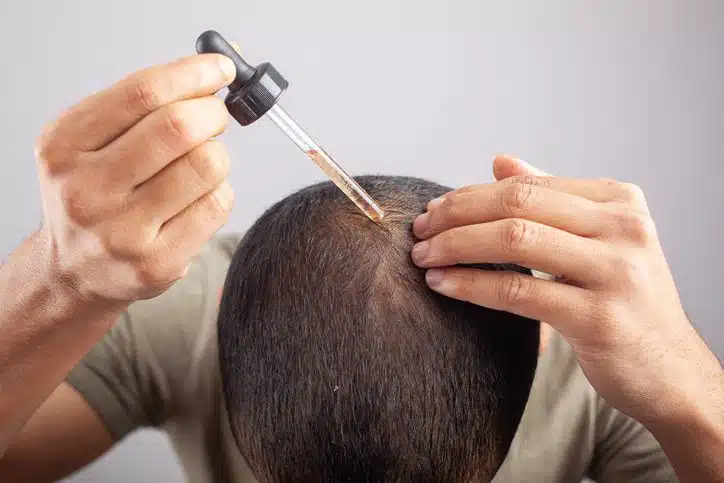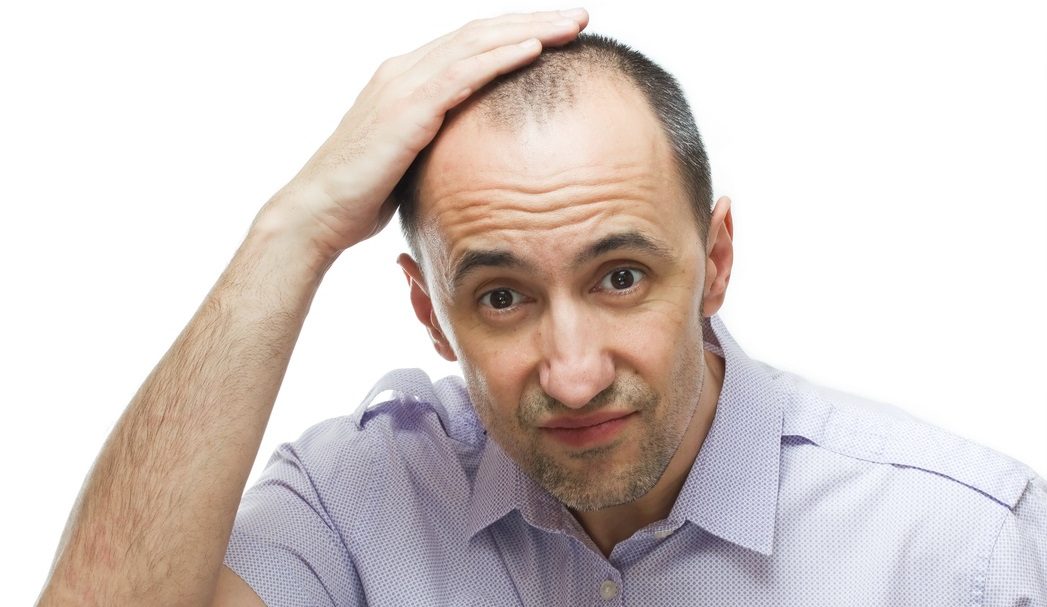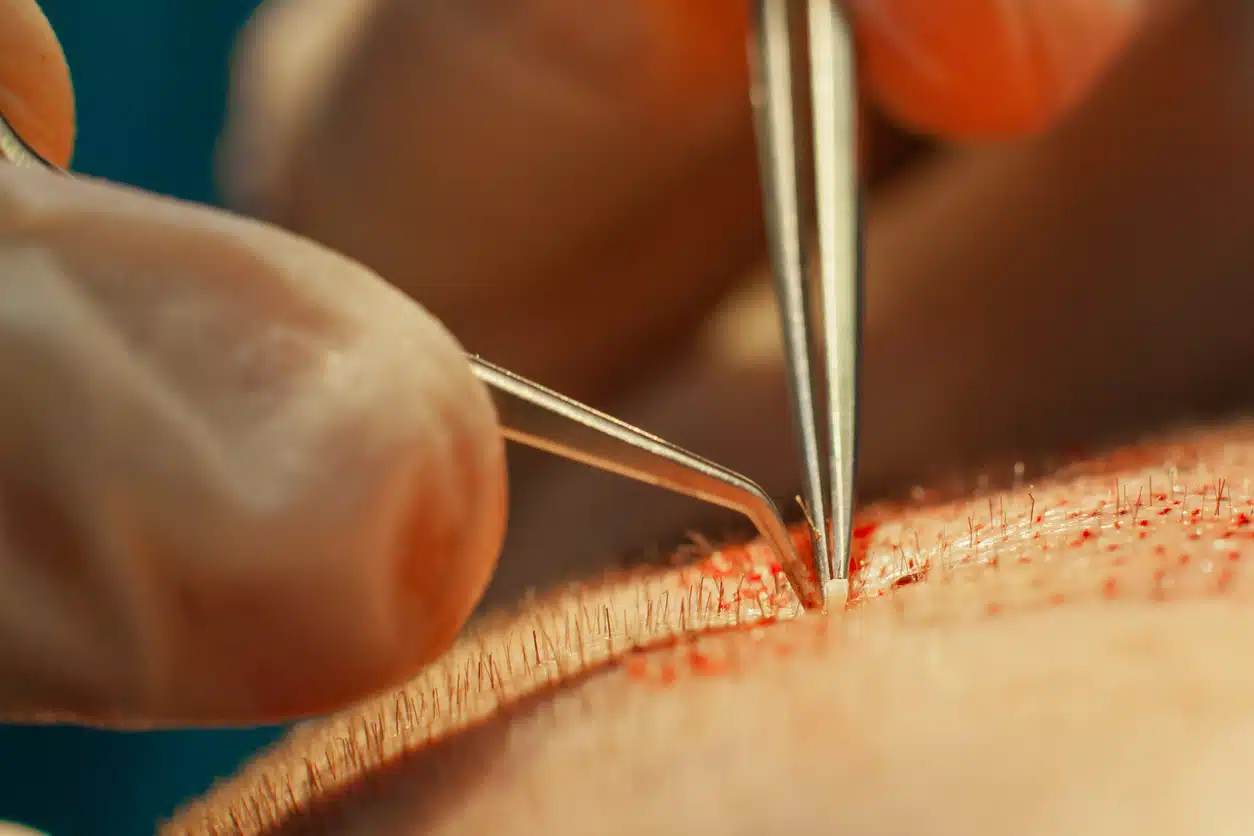Hair loss is a common concern for many individuals, and finding effective solutions to address it is a priority for those seeking to restore their hair. One popular option for hair restoration is the use of minoxidil. In this article, we will delve into the role of minoxidil in hair restoration and understand how it works to promote hair growth.
What is Minoxidil?
Minoxidil is a topical medication that is commonly used for the treatment of hair loss. Originally developed as a blood pressure medication, it was later discovered to have the unexpected side effect of promoting hair growth. Minoxidil is available over-the-counter in various strengths and formulations, making it easily accessible for individuals seeking to combat hair loss.
How Does Minoxidil Work?
The exact mechanism of action of minoxidil in promoting hair growth is not fully understood. However, it is believed to work by prolonging the growth phase of the hair follicles, stimulating the hair follicles to enter the active growth phase, and increasing blood flow to the scalp. This enhanced blood flow delivers vital nutrients and oxygen to the hair follicles, promoting healthier hair growth.
Effects on Hair Growth:
Minoxidil has been found to be effective in both men and women with androgenetic alopecia, also known as pattern baldness. It can help to slow down hair loss, stimulate hair regrowth, and improve overall hair density. The results may vary from person to person, and the effectiveness of minoxidil is typically influenced by factors such as the stage of hair loss, the individual’s response to treatment, and consistent application of the medication.
Application and Usage:
Minoxidil is available in various forms, including solutions, foams, and sprays. It is typically applied topically to the scalp twice a day. It is important to follow the instructions provided by the manufacturer or healthcare professional regarding the application and usage of minoxidil. Consistency is key, and regular and long-term use is required to maintain the achieved results.
Treatment Duration and Results:
The results of minoxidil treatment may vary among individuals. Setting realistic expectations and understanding that hair regrowth takes time is important. It may take several months of consistent use to see noticeable improvements in hair growth. It is recommended to continue using minoxidil as directed by a healthcare professional to maintain the achieved results. Discontinuing the medication may lead to a gradual return of hair loss.
Combination Therapy:
In some cases, minoxidil may be used in combination with other hair restoration treatments for enhanced results. For example, it can be used alongside finasteride, an oral medication that addresses hair loss by blocking the production of dihydrotestosterone (DHT). This combination therapy can work synergistically to slow down hair loss, stimulate hair regrowth, and improve overall hair density. However, it is important to consult with a healthcare professional before combining different hair restoration treatments to ensure their compatibility and safety.
Potential Side Effects:
While minoxidil is generally considered safe and well-tolerated, it may have some potential side effects. Common side effects include scalp irritation, itching, and dryness. In rare cases, individuals may experience more severe side effects such as chest pain, dizziness, or rapid heartbeat. If any adverse reactions occur, it is important to discontinue the use of minoxidil and consult with a healthcare professional.
Consultation with a Healthcare Professional:
Before considering minoxidil or any other hair restoration treatment, it is crucial to consult with a healthcare professional specialising in hair loss. They can evaluate your specific condition, assess your medical history, and determine the most suitable treatment plan for you. A thorough consultation will help you understand the potential benefits, risks, and expected outcomes of minoxidil in your particular case.
In conclusion, minoxidil is a widely used topical medication for hair restoration. It can help to slow down hair loss, stimulate hair regrowth, and improve overall hair density. Consistent and long-term use is key to achieving and maintaining the desired results. As with any medication, it is important to consult with a healthcare professional or hair restoration doctor before starting minoxidil to ensure its suitability for your individual condition. With the guidance of a medical professional, minoxidil can be an effective tool in the journey towards hair restoration.





